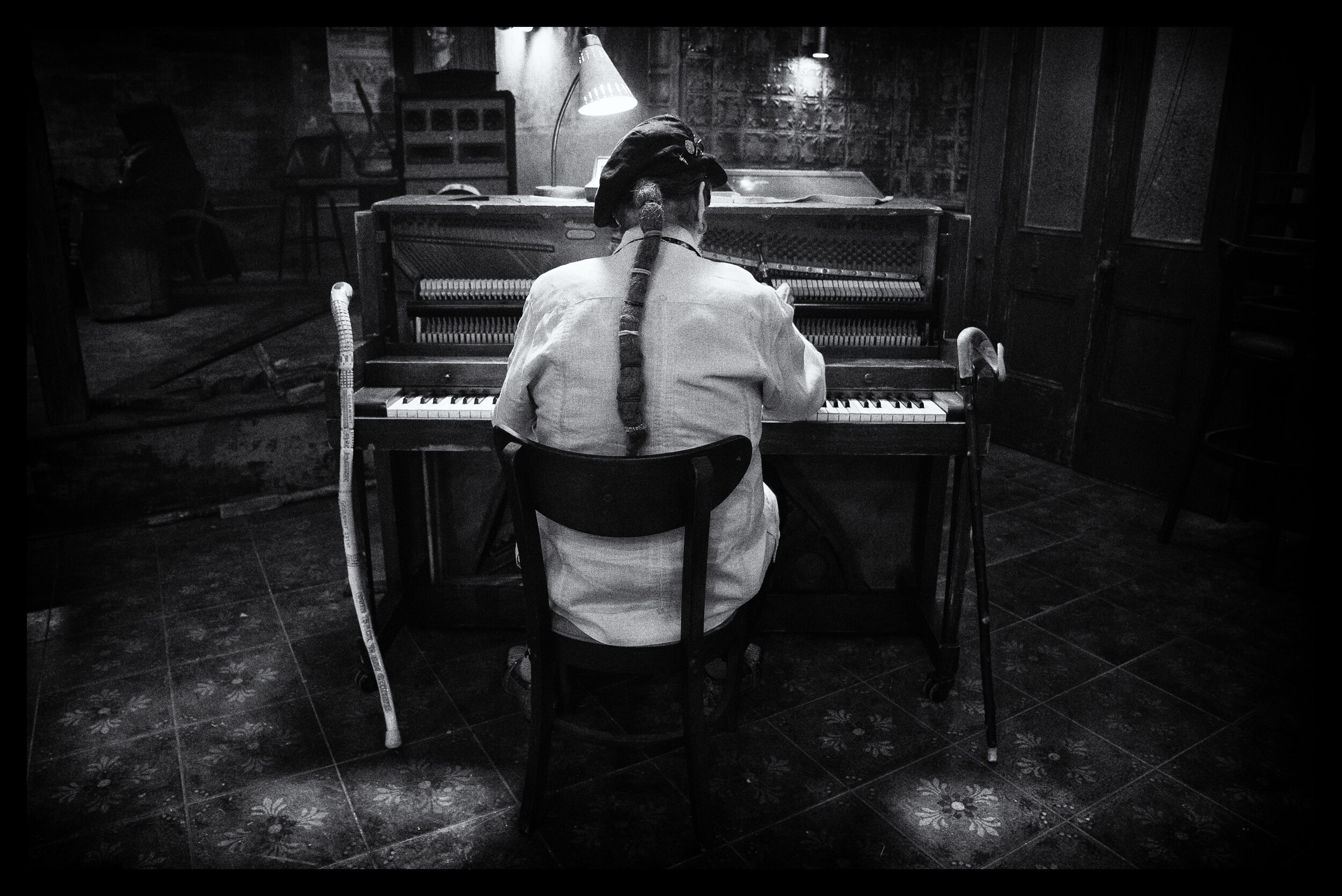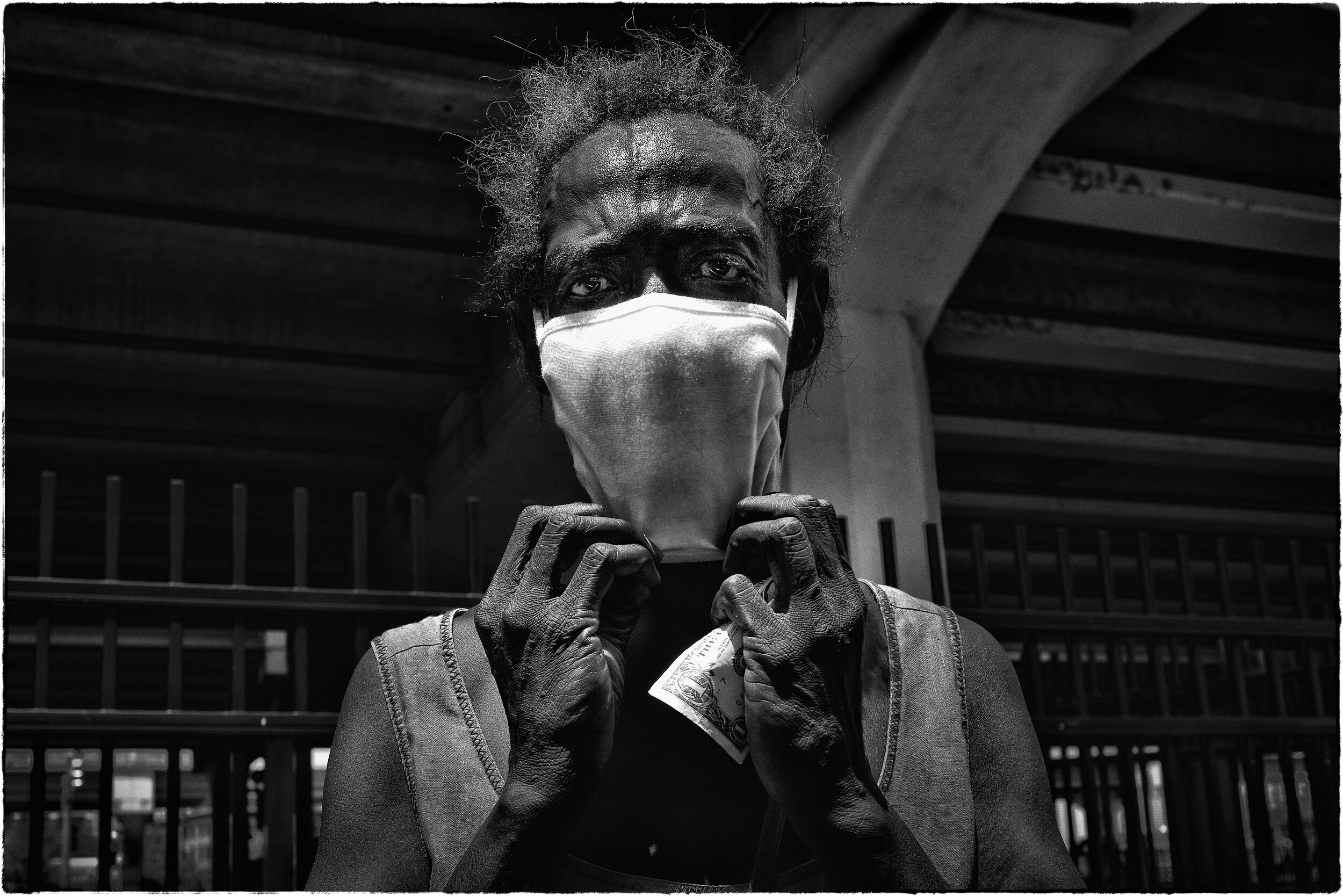JAMES HAYMAN TALKING ABOUT NEW ORLEANS
James Hayman is a photographer as well as a film / television director, producer, and cinematographer based in Los Angeles.
He grew up in New Jersey in the shadow of New York City. He spent a lot of time in the city from a young age, soaking up its culture, theater, art, and music. At 16, he was given a camera by an uncle and some old darkroom equipment by a family friend, and was off and running. He studied photojournalism, but after his first job photographing Nixon and Brezhnev in the White House Rose Garden which turned out to be a shark frenzy, he decided to get back to street photography. Then he discovered film. After getting a BA in Film, he traveled throughout Central America and worked for the UN in disaster relief. We will be exploring this part of his career for an exclusive interview on the July issue of Lens Magazine, so please stay tuned. Eventually James became a cinematographer for 15 years, working a lot in the Far East. He then moved to LA and got into television, started directing, and now directs, produces, and photographs. He has received numerous awards and his philanthropic work includes Pack Essentials, providing essential items in New Orleans, and Burnell Grocery’s food program funding in the city’s Lower Ninth Ward. He is also a co-founder of the AllAreOne Fund, which distributes funds around the country to those in need during this pandemic.
Your greatest inspirations or influences?
Elliot Erwitt, Danny Lyons, Henri Cartier-Bresson,
Gordon Parks, Alberto Giacometti, Picasso, Truffaut,
Bertolucci, Spielberg, and my wife Annie Potts.
Tell us a bit about your creative process?
When I first started taking pictures, I thought the role of the photographer was to be invisible, to document moments unbeknownst to the subject. But in the past 6 or 7 years, I’ve melded my interest in narrative as a director with my photography practice. This started as I was living and working in New Orleans, a city known for its cultural interactions. I began engaging with my subjects and allowing the moments to become a two-way street: me observing and my subjects responding to me.
How has this year changed your creativity or how you see the world changing moving forward? Things you are looking forward to this year?
I left the television show I was working on in New Orleans and started giving all my time to photography. As isolating as this year was, it was beneficial for me because it allowed me to place my photography at the top of my list of priorities. With the help of PR For Artists, I also traveled backwards and explored my photo archives that date back 50 years. It was fascinating for me to see the narrative throughline in my work, whether it was images from Mexico, Guatemala, China, Japan, Peru, or the US, specifically New Orleans. Looking back as a photographer is a pretty compelling experience.
For me, this coming year I look forward to getting back out on the road and continuing this narrative exploration around the globe.
Who do you consider to be an icon of our time?
Barack Obama, Robert Frank, Chuck Berry, Jackson Pollock, Cormac McCarthy.
Do you think the art world needs to change, and if so how can it be improved?
I think the art world will change whether I think so or not. Art is a constantly metamorphosing series of events. We take from the past and incorporate it into our current perspectives and hopefully create something new, then we pass that on to others. That’s all to say, I think the art world is always changing.
What does wellbeing mean to you?
It means being of sound mind and body, which then allows you to be open to what the world brings you. I find that especially true of myself and my work. There is a quote by Cartier-Bresson that I love: “You just have to live life and it will give you pictures.” No matter where I am, my goal is to be open to the environment and the people in it. Then I can tell my visual story.
Are there any locations you remember the most?
Ha, all of those I have been to and all of those that I hope to get to. The world is a big place!
Is there a story from a particular location that always resonates with you?
I had just moved to New Orleans from Los Angeles to run the television show NCIS: New Orleans. I was directing my first episode in the French Quarter. It was a huge action sequence. We were running out of light, we were under the gun, and right then a Second Line parade came down Decatur Street, complete with a brass band and people dancing to the music. The sound man was yelling we couldn’t shoot because of the band, I was yelling, “Just keep shooting,” and then one by one I watched my entire crew join the parade and dance to the music. So I did the same. We danced as the band and parade went by, returned to the set, and finished the scene. It was an epiphany to me. When a parade comes by, don’t miss it.
Website: www.jameshayman.com
Instagram: @jameshaymanphotography






